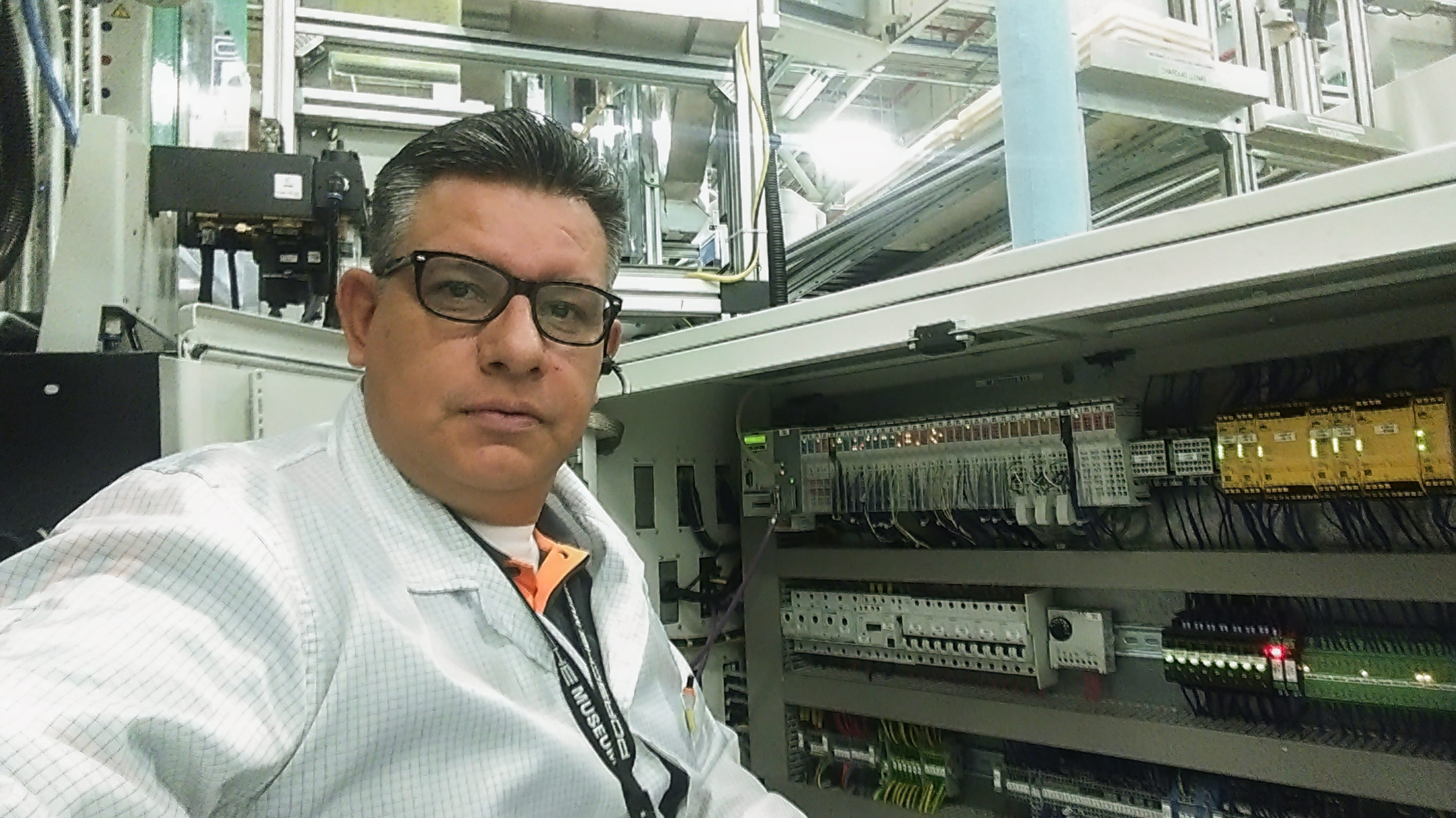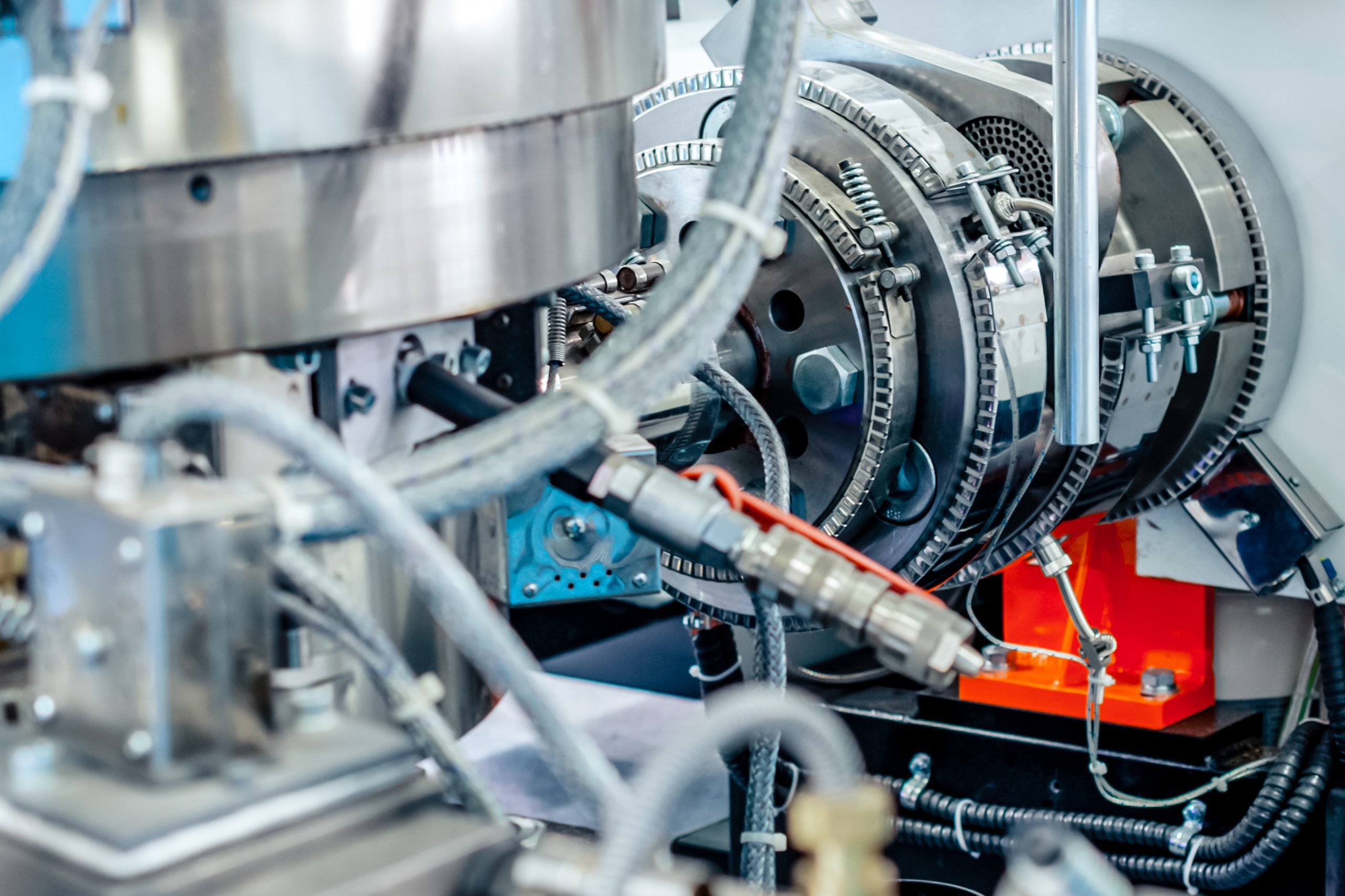Despite its efficiency and versatility, injection molding is susceptible to moisture-related defects that can compromise the quality and integrity of the final product. Moisture, if not properly managed, can lead to issues such as surface blemishes, dimensional instability, and reduced mechanical properties. In this blog post, we’ll delve into the importance of preventing moisture-related defects in injection molding and explore strategies to mitigate them effectively.
Understanding the Impact of Moisture
Moisture in plastic resins can cause a range of problems during the injection molding process. When heated, moisture trapped within the resin can vaporize, forming bubbles or voids in the molded part, commonly known as “splay” or “silver streaks.” These defects not only affect the aesthetics of the product but also weaken its structural integrity. Furthermore, moisture can alter the viscosity of the molten resin, leading to flow inconsistencies, incomplete filling of the mold, and dimensional inaccuracies in the final part.
Preventive Measures
To ensure high-quality injection-molded parts, it’s crucial to implement effective moisture management techniques throughout the manufacturing process. Here are some preventive measures to consider:
- Proper Storage of Resin: Moisture absorption begins the moment plastic resin is exposed to humid air. Therefore, storing resin in a dry environment with controlled humidity levels is essential. Utilize sealed containers or moisture-proof packaging to protect the resin from atmospheric moisture during storage.
- Pre-Drying of Resin: Before processing, especially for hygroscopic resins like nylon and PET, pre-drying the resin is imperative to remove any absorbed moisture. This can be achieved through thermal drying processes such as hot air ovens or desiccant dryers. Follow resin supplier recommendations for optimal drying conditions and duration to prevent over-drying, which can degrade resin properties.
- Moisture Measurement: Implement regular moisture content testing of resin pellets using moisture analyzers or Karl Fischer titration methods. Monitoring moisture levels helps ensure that resin is adequately dried before processing, minimizing the risk of moisture-related defects.
- Closed-Loop Dehumidification Systems: Integrate closed-loop dehumidification systems into the injection molding equipment to maintain low humidity levels in the processing environment. These systems circulate dry air through the hopper and barrel, preventing moisture uptake by the resin during the molding process.
- Proper Molding Conditions: Optimize molding parameters such as melt temperature, injection speed, and mold temperature to minimize the effects of moisture on the final part. Higher melt temperatures can help evaporate residual moisture more effectively, while adequate mold cooling reduces the likelihood of surface defects. You can do this through the combination of temperature sensors, cavity pressure sensors, and a process control system.
- Post-Molding Treatment: Implement post-molding treatments such as annealing or conditioning to relieve residual stresses and minimize the effects of moisture absorption on part performance over time.
Conclusion
Moisture-related defects pose significant challenges in injection molding, impacting product quality, consistency, and performance. By implementing proactive measures such as proper resin storage, pre-drying, moisture monitoring, and optimized processing conditions, you can effectively mitigate the risks associated with moisture and ensure the production of high-quality injection-molded parts. Ultimately, mastering moisture management is essential for achieving consistent results and meeting stringent quality standards in injection molding operations.



